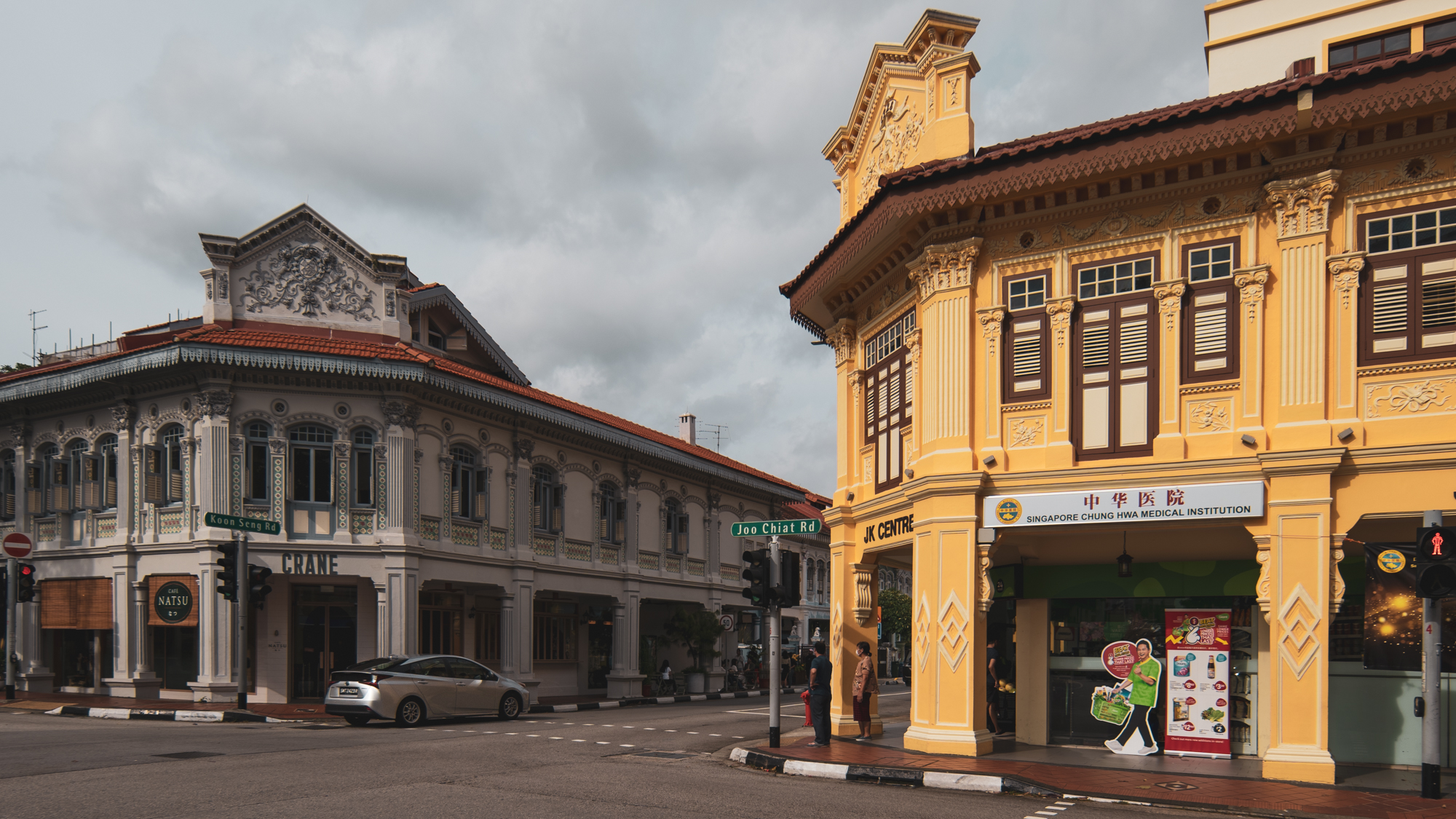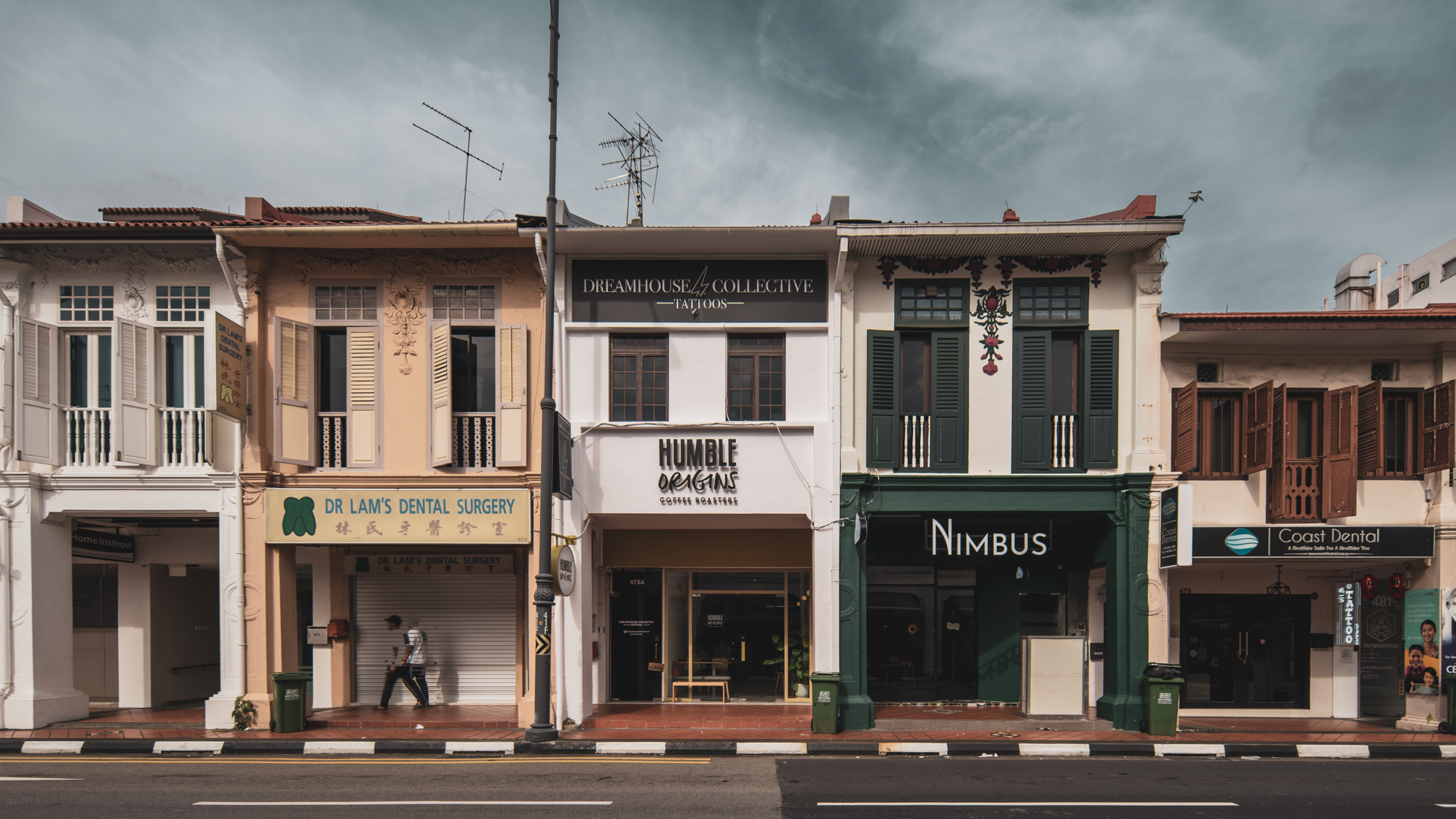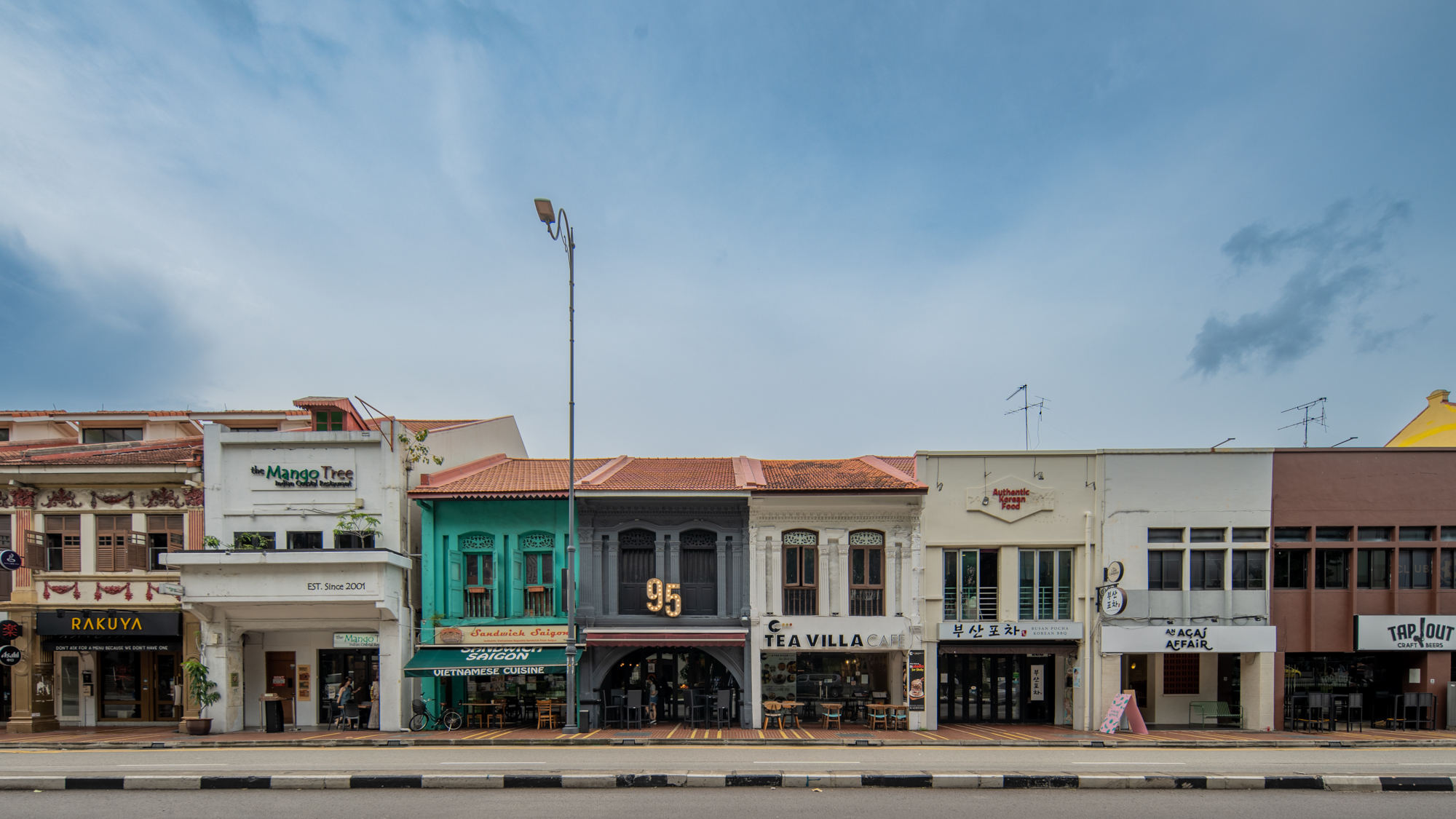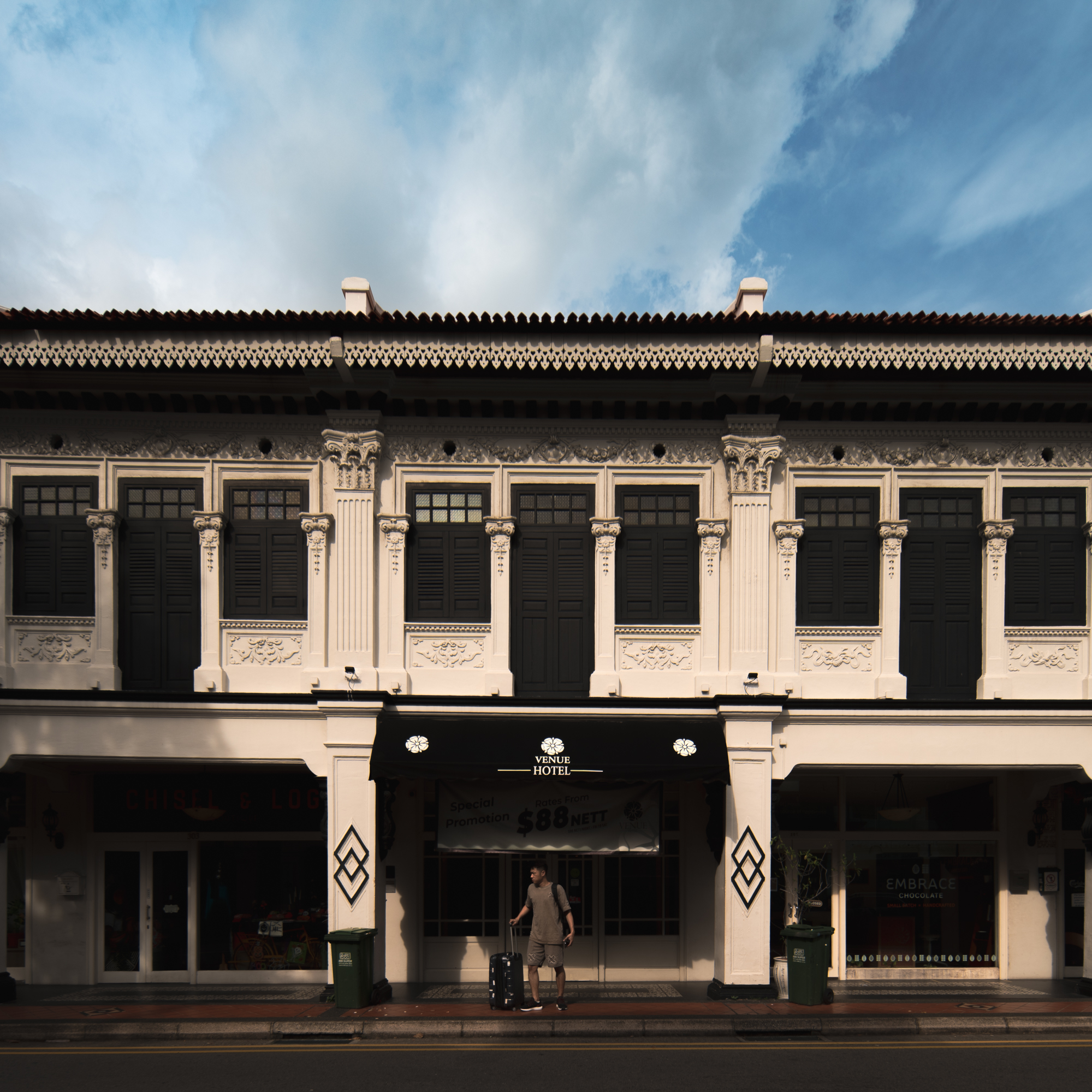Travel photography is perhaps one of the broadest genres of photography because of how it overlaps with almost every other kind. It encompasses a wide range of shooting styles and shooting scenarios to fulfill a simple goal, which is to illustrate and tell stories about a place. Because a particular place is always made up of various intersecting dimensions, there is no single approach or style that encapsulates travel photography.
Following a normal tendency to generalize and oversimplify, there are various definitions of travel photography that stem from common iconic photographs that unofficially represent the genre. These photographs and others similar have shaped how people normally perceive travel photography. Travel portraits and environmental portraits are perhaps the most popular because of how they begin to tell stories about people and the culture of a particular place. Street and documentary photographs talk about how people interact with their environment, whether rural or urban, and illustrate activities that embody and represent their culture. Landscape photographs are also commonly labelled as travel photography because of the obvious fact that most landscape photographers travel quite a distance to be able to shoot. It is also notable that a lot of people often mistake travel photography as a nicer term for vacation photos, typical of what we often see on social media.
The Essence of Travel Photography

Given all the above examples, most of which are valid, travel photography is obviously much greater and wider as a genre than what most people understand. The misguided definition of travel photography oversimplifies it into taking photos when one is traveling, which (in my opinion) does not give justice to the impact of travel photography in educating people about culture, history, and even social and environmental issues.

The true essence of travel photography is in the capability of a photograph (or a set of photographs) to tell stories, document, and even immortalize the culture and history of a place and the people who inhabit it. Whether you are photographing the most remote island inhabited by isolated people, or a busy city driven by commerce and innovation, the place, its people, and how they interact will always have an infinite amount of stories to tell.
Personalizing Your Travel Photography

Given how broad travel photography can be, there are various reasons why your approach should have a personal touch to it. This is especially true when doing travel photography as a hobby or if given significant artistic freedom on assignment. Most of the time we travel with barely enough time to see and experience everything about a place, which is why our output will often be limited as well. How much we are able to cover as many aspects of a place depends on our own strengths and limitations, as well as our personal interests and biases. If you generally lean towards taking portraits or capturing candid moments, then your edge will be within the same approach. Some photographers tend to stick to photographing landmarks and iconic places since it is what interests them among the multitude of subjects within the place. Similar to other photography endeavors, it is a good idea to start with aspects of the task where you can best perform.
 For me in particular, since I prefer shooting landscapes and professionally shoot architecture, the focus of my exploration in a particular city is the same. I recently made a quick trip to Singapore, which I’ve visited quite a number of times in the past already. In hopes of being able to explore more of the city than merely going around looking for cityscape vantage points, I spent quite a few days walking around shooting architecture. This was fueled by the satisfaction that Singapore’s buildings were built around intelligent urban planning that makes it astonishingly easy to photograph without having to deal with clutter or obstructions.
For me in particular, since I prefer shooting landscapes and professionally shoot architecture, the focus of my exploration in a particular city is the same. I recently made a quick trip to Singapore, which I’ve visited quite a number of times in the past already. In hopes of being able to explore more of the city than merely going around looking for cityscape vantage points, I spent quite a few days walking around shooting architecture. This was fueled by the satisfaction that Singapore’s buildings were built around intelligent urban planning that makes it astonishingly easy to photograph without having to deal with clutter or obstructions.
Relevance of Architecture in Travel Photography
Following the aims of travel photography, there is a lot that photographing the architecture of a place contributes to illustrating and telling stories about its people, the culture, and their history altogether. Typically, even in the most well-developed and even futuristic cities, you will still be able to find preserved architecture from past generations that are relevant to the history of the place. Most commonly you can easily find older “remnant” architecture in government buildings such as city halls, post office buildings, or other related structures. Some places in the world also do a good job of preserving the traditional architecture of their residential spaces and have converted such houses into functional storefronts. These structures offer a good mix of the architectural history of the place as well as reflect the more modern use of such spaces.

Depending on the place that you are visiting, you can also definitely find a number of modern buildings that represent the state of development of a place. While Singapore is particularly known for rapid development and innovation, the abundance of such newer building definitely varies on where you are. In most cases, a great way to photograph the relevance of architecture in the culture of a place as well as give a good glimpse of how drastically the place has changed when it comes to modernization is by photographing the old and new together. The juxtaposition of structures, buildings, or other visual elements in photos that represent two or more different periods in time is a great way to characterize the place and tell stories about it.
An Approach to Exploring Architecture When Traveling
If you are someone who is fond of simply going around a place with your camera in your hand, this approach to travel photography may be familiar to you. Most of the time, a “photowalk” when traveling is done with the use of standard zoom or walk around zoom lenses. However, in hopes of photographing architecture and how people interact with these significant structures, I walked around with a wide-angle shift lens with me. In hopes of being mobile and able to adjust to the available spaces, I mounted the Laowa 15mm f/4.5 shift lens onto my Sony a7 IV. While I was quite equipped for a cityscape shoot later in the day, an agile yet flexible approach is by using quick exposure bracketing to maximize what I can later do to the raw files. I either shot single-framed sequences with the lens shifted to get the proper perspective and scale, or shot multiple bracket exposures while also shifting the lens to shoot shift panoramas. This non-ideal process for photographing architecture follows an ideal approach to photography while traveling.

Travel photography is often much larger and much wider than how most people understand it. A place is composed of so many different factors made up of people, places, activities, creations, and the interaction of each and everyone of them. Being flexible with your travel photography means being able to take the approach that best suits your interests and your strengths. Your goal is to tell stories, and the most crucial step in doing so is finding what you are interested in for you to understand the story that you aim to tell.







.
I didn't realize that travel photography must include humans or manmade elements in the images. I thought it was just about "a place" that one travels to. What if I do tons of traveling, but always travel to places that are natural, wild places, that re not inhabited by humans? Does that mean that I can not participate in travel photography, because the places I travel to are not "humanized"?
.
In the second paragraph the author includes landscape images to be part of travel photography. So the answer to your question would be yes, you can participate.
Actually I don't need his or anyone else's permission to 'participate'. Also the author doesn't state his acceptance of Landscape per se to be a valid inclusion. His statement can even be taken as a denigration, or at best not an acceptance, when he says they are labelled as such just because photographers travel : "Landscape photographs are also commonly labelled as travel photography because of the obvious fact that most landscape photographers travel quite a distance to be able to shoot.".
Though of course the author is also just giving HIS perspective.
As primarily a travel and landscape photographer my own feeling on the terminology is that it should be representative of the location, which may or may not include landscapes, people, architecture, food or the lifestyle of the location being documented.
However not every location lends itself to every genre listed - that doesn't mean that work taken there is therefore not valid or should not be labelled as 'travel'. Simply because the term 'travel' covers such a wide variety of subjects, as for example does the term 'architecture'. And to thoroughly document a region would take a massive body of work.
You definitely said it better than me. Travel covers a wide variety of subject and that definitely includes landscapes. Theses are genres that overlap so much. I didn’t think I had to, but please let me make it clear for everyone that the point of this article is to encourage personalizing your travel photography to focus on your strengths and interests if your time at a particular place is limited.
I don't know why it seemed that the first commenter felt as though I am excluding certain kinds of travel photography but what I am trying to say is that travel photography is vast and encompasses almost every other kind of photography.
The person I replied to asked the question. Based on the author's parameters, not yours, he included landscape as being part of travel photography.
I really like the images in the article. Quite different from the regular travel photography images that we always see.